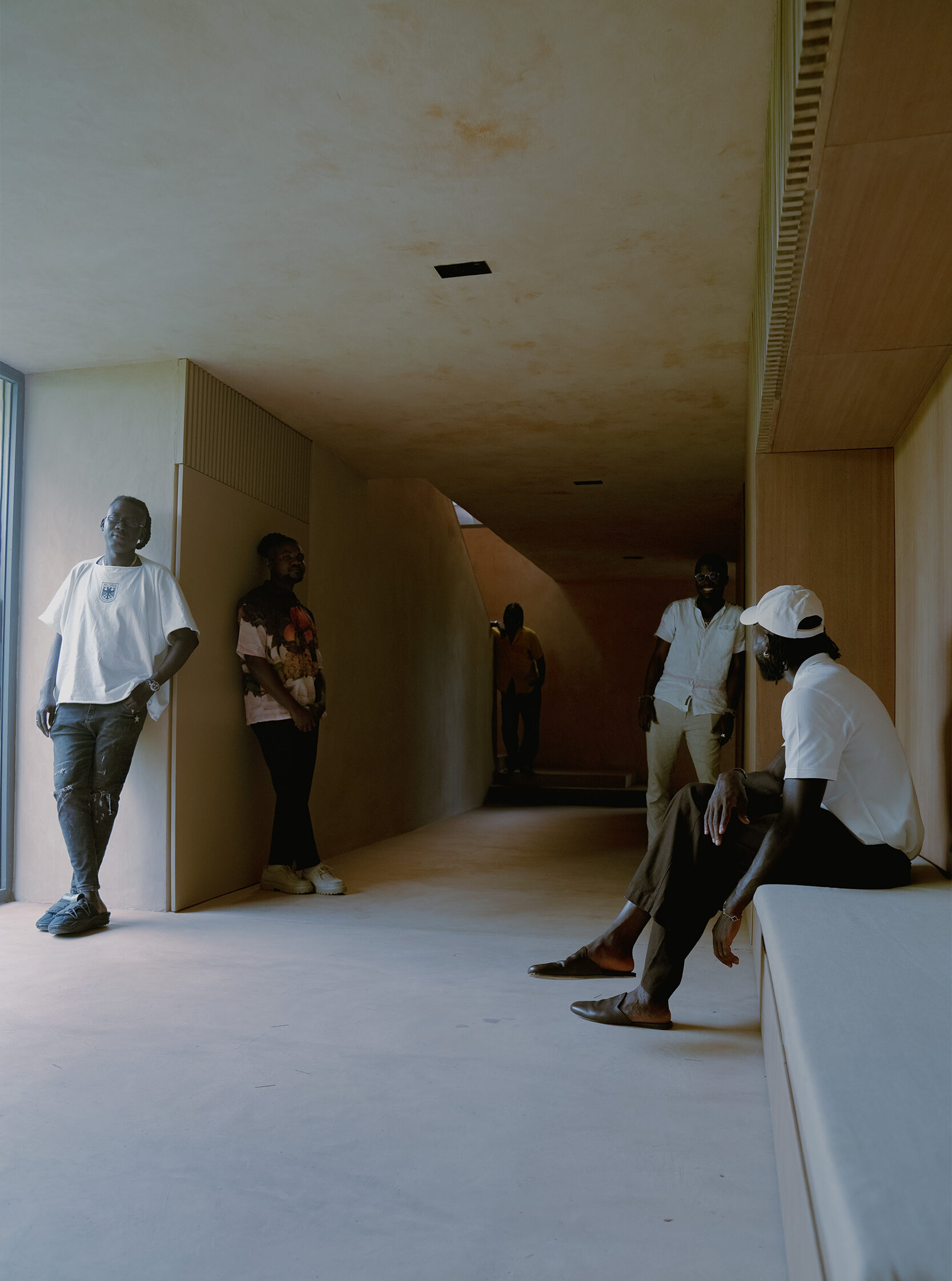
( 1 ) Unlike repeat prints, where a seamless repeat of a pattern is printed on the fabric, placement and engineered prints involve precisely scaling and aligning the design on the garment while considering seams, darts, and other structural elements.
Behind the ScenesPrint designer Harriet Cox on the art of the pattern.
Behind the ScenesPrint designer Harriet Cox on the art of the pattern.
Harriet Cox is a senior print and textile designer at London-based brand KNWLS and consults for other labels, having previously worked at McQueen and JW Anderson. She sees herself as someone in the business of creating “purposeful artworks”—not abstracted pieces to hang on a wall, but images and patterns destined for being lived in. Her designs, whether spectral florals or watery, charred-looking plaids, are intricate, audacious and avowedly modern.
Rosalind Jana: What drew you to print design?
Harriet Cox: I grew up looking at John Galliano, Martine Sitbon and designers working for Alexander McQueen (Simon Ungless, Fleet Bigwood). I loved how print could serve as a bold form of artistic expression and convey the story of a collection. McQueen’s “Plato's Atlantis” and his final collection were released while I was a student and completely blew me away—I was in awe of the kaleidoscopic imagery of butterflies and snakes. It felt like a jolt of electricity.
RJ: What makes printmaking a separate discipline to other aspects of design?



